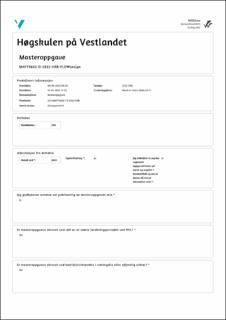| dc.description.abstract | Objectives: This systematic review aims to synthesize the available literature on the effect of resistance training interventions on sarcopenia parameters (muscle quality/quantity, muscle strength and physical function), and critically evaluate to which extent these report their interventions.
Material and Methods: Systematic literature searches were conducted in five databases (Medline Ovid, EMBASE Ovid, Cochrane Library, CINAHL and PEDro) for randomized controlled trials assessing the effect of resistance training on sarcopenia parameters among older adults aged 65 years and above with sarcopenia, published from 2010 to October 21, 2021. The searches included the key words and synonyms of “sarcopenia” and “resistance training”. The two authors independently screened and performed data extraction from each included study. The revised Cochrane risk-of-bias tool (RoB2) was used to assess study quality, and the Consensus on Exercising Reporting Template (CERT) was used to evaluate how well the studies reported the interventions. Review Manager 5.4 (RevMan 5.4) was used to conduct systematic analysis. A 95 percent confidence interval (CI) was calculated as
the effects measure and reported as standardized mean differences (SMD). To calculate overall effect sizes, inverse variances were used as a statistical method, and random effect models (I2 > 50%) were conducted as an analysis model.
Results: This systematic review included 10 studies (total publications) (414 older adults with sarcopenia). The meta-analysis showed significant differences in muscle strength in favor of the intervention group [quadriceps femoris strength, SMD = 0.69, 95% CI 0.39 to 0.98, p < 0.0001, I2 = 79%]. The results also showed difference in hand grip strength [SMD = 0.51, 95% CI -0.04 to 1.06, p < 0.07, I2 = 75%] and muscle mass [SMD = 0.21, 95% CI -0.03 to 0.46, p < 0.08, I2 = 0%] in favor of the intervention group, but these results were not statistically significant. The overall reporting of interventions in the included studies were poor, with the mean number of reported intervention items 8.2 out of 19 possible.
Conclusion: Resistance training is beneficial in improving sarcopenia parameters in older adults (65 years or older); however, the reporting of the interventions lacks details to support easier replication in clinical practice. | en_US |

